The active development of various social networks increases the value of the camera more and more. Photos should not only be of good quality, but with focus, high resolution, high-quality color reproduction. The same story with the video. And what to do if you want to shoot quality, but there is no money for the 11th iphone. For you, the editors of the site "bestx.htgetrid.com/en/" have prepared the TOP-7 best smartphones with a good camera for 2020.
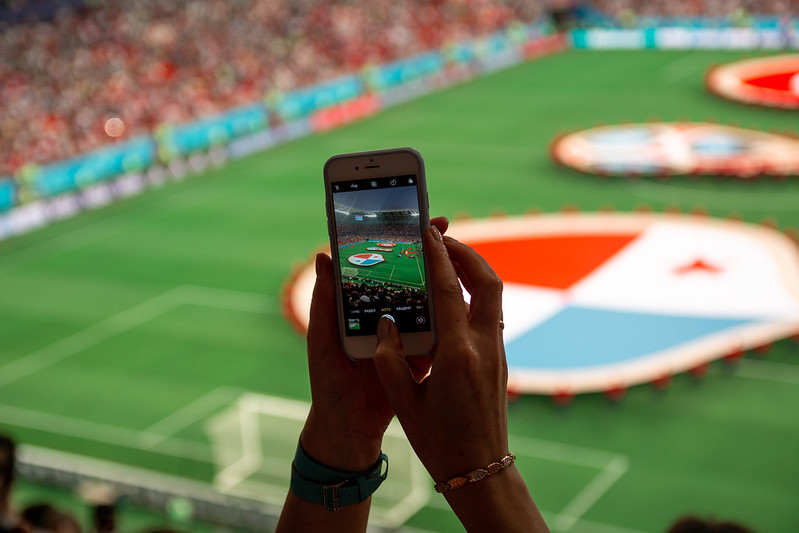
Confrontation between iOS and Android
No one would argue that today there are only 2 competing operating systems on the market for devices that can take a high-quality picture: iOS and Android. Moreover, if the first is represented exclusively by iphone phones, then the "green robot" has spread its influence on many gadgets. But before moving on to this confrontation, you need to remember what other platforms are.
Windows Phone
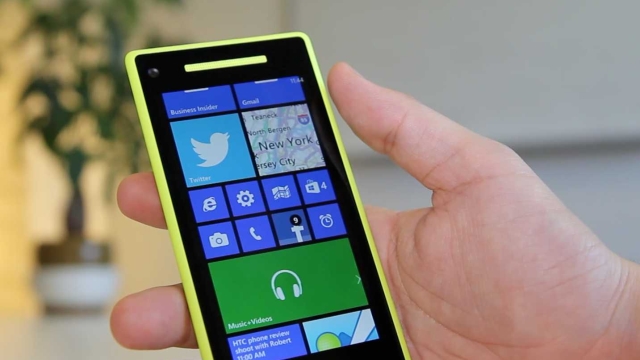
One of the few operating systems that is still at a level close to the leaders. However, there are drawbacks that make the OS not very convenient for a wide range of users.
Benefits:
- Uniqueness. iOs, Android all the same, no, no, but copy "chips" from each other. Microsoft in this regard is holding its own line, for which they should be respected. Any uniqueness is especially appreciated today.
- Versatility - the operating system is the same for everyone: for a tablet, smartphone, PC. Accordingly, it is convenient to synchronize.
- Not demanding. Therefore, there is no need for high technical characteristics, a volumetric battery.
- Safety. The system is fairly closed. But this is a double-edged sword. Plus, it's harder to hack, and therefore more secure.
Disadvantages:
- Limited applications. And this moment should not be ignored, because for those who like to photograph it is important to have programs with the ability to apply effects, with various photo filters, etc.
- Periodic system errors.
- Closed platform.
Nevertheless, there really is a considerable number of people who appreciate the advantages of windows phone. Especially in the business area, since the OS is very suitable for this.
Symbian
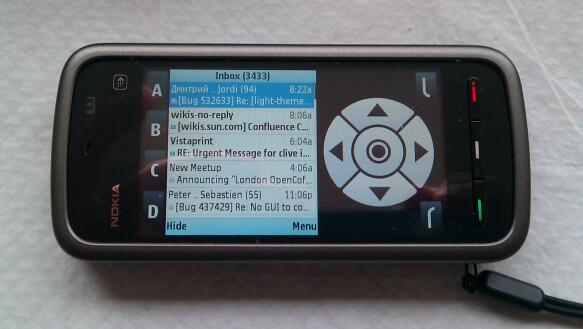
One of the founders of operating systems for smart phones. It dates back to 1997, when such companies as Ericsson, Motorola, Nokia, Psion joined forces to create Symbian Ltd. For a while, the platform was even leading among all.
The best gadget manufacturers have successfully used Symbian on their devices. This was before the completely open Android system. Gradually, popular device models switched to it, and Symbian began to fade away. Nowadays it is impossible to find means of communication using Symbian, but the OS should be given its due.
Android vs iOs
This confrontation began back in 2008 and does not end to this day. It's for the best, because while we are thinking about which phone is better to buy, Google and Apple are fighting for our attention. Today, these two giants, in fact, are very similar to each other, at the same time, remaining fundamentally different.
Everything depends on the operating system: how applications will function, how quickly and efficiently you can shoot a video or photo, what can be done with these files further. Both operating systems have their own strengths and, accordingly, weaknesses.
For example, Android is a more open system. Therefore, you can find many devices that work on the "green robot".The interface customization is almost limitless, so with your own hands it is possible to "blind" from the phone what you like. Nevertheless, devices of this type are susceptible to viruses, they strongly "eat up" the battery, so the charging sits down quickly. In addition, the new version of the OS will not always "fall" on this or that smartphone. In this regard, you have to reflash the phone at home (or in salons).
As far as iOs is concerned, closedness is a plus here, because the system is very difficult to hack or infect with any virus. Hardware may not be the most advanced, but everything is set up so that the interface "flies". Plus, all "sister" devices are compatible with each other. You can start writing information on a MacBook, and finish on an iPad. The weak side is the high average price for the flagship. Limited settings, imminent obsolescence of models (however, OS updates work fine on older models as well).
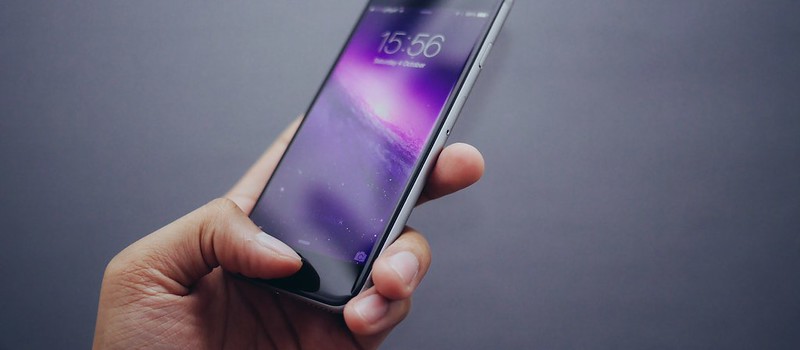
Now regarding the cameras. Here Google is going faster than Apple. Androids already had, for example, a wide-angle camera, night photography, while the really serious answer from iPhones came only with the 11 and 11 Pro.
For the most part Samsung, Chinese flagships have long run ahead. It seems that the American mobile manufacturer is not to say that he threw all his strength into the game of catch-up. However, the iphone has to answer calls from major competitors.
Not surprisingly, in the rating of high-quality camera phones, the main part will consist of representatives of the Android OS.
TOP 7 best smartphones with a good camera for 2020
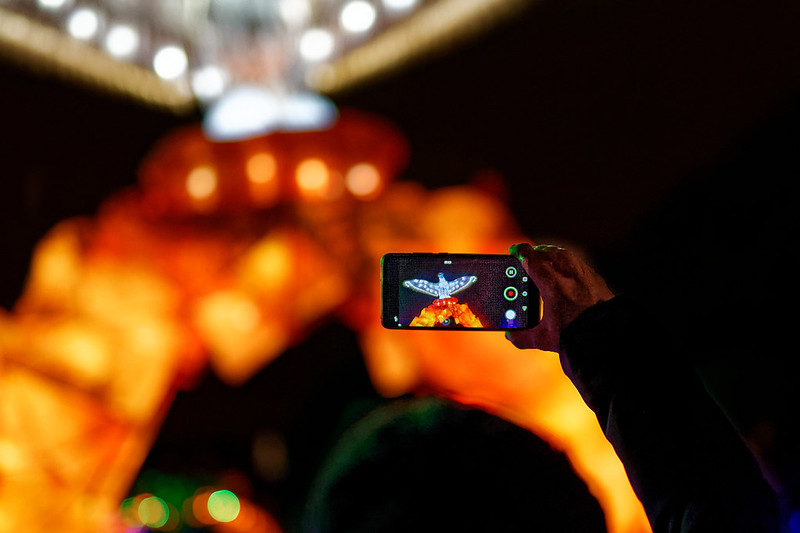
Based on the examples of photos of the Internet, it is difficult to understand which company is better than the phone, especially since you can run into a small photoshop correction. Nevertheless, such examples are needed, as are user reviews and, of course, various ratings. Indeed, in them you can find recommendations, advice on how to choose the right device.
Of course, all the available information cannot 100% save you from mistakes when choosing a gadget, because some camera phones rely on professionals, that is, on those who know a little about cameras and know how to set it up.
As much as we would like to include budget models in this rating, that is, just devices with a good camera and a powerful battery at an attractive price, but, alas, there are no ones among them that would even hold out to half the functionality of expensive "toys". Therefore, it is expected to find Samsung, Apple, Huawei, as well as models of some other well-known brands in the list. We present 7 of the best camera phones.
7th place - Xiaomi Mi 9
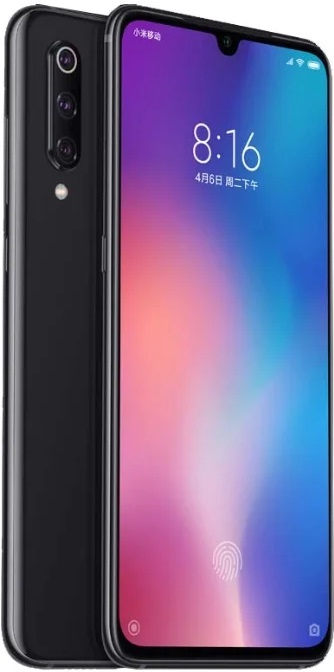
The Xiaomi brand opens our rating. It is not at all surprising to see Chinese representatives in the top rankings. They are more affordable, but not inferior to more eminent Americans or Koreans.
The Mi 9 made a lot of breakthroughs for devices for the time of its release. For example, among Chinese smartphones, it was the first to deliver 4K by default. Now, in terms of video shooting, it is in the leading positions, because the flagship from Xiaomi has excellent image stabilization, shows a minimum of noise even in low light, etc.
Photo module:
- Main camera: triple, 48 MP, 16 MP, 12 MP, aperture - respectively F / 1.75, F / 2.20, F / 2.20;
- Front camera: 20 MP.
Benefits:
- 4K;
- Bokeh mode;
- Clear detail;
- Low video noise;
- Good color rendering;
- Excellent white balance.
Disadvantages:
- Old model;
- Wide angle imperfect;
- Many small details are not clear;
- Moving objects become overgrown with noise in low light.
Output:
So, Xiaomi is a camera phone that has all the modern "chips". Nevertheless, the Mi 9 model is already outdated, therefore only 7th place.
6th place - Honor 20 Pro
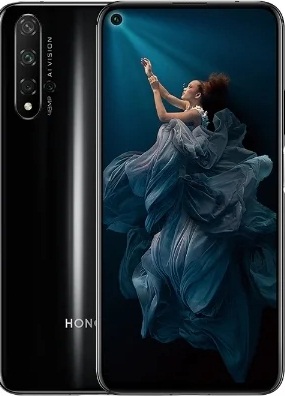
We continue our review with the Honor 20 Pro. In theory, this is also Huawei, its inexpensive or less expensive offshoot (subsidiary, if you will). The 20 Pro is equipped with 4 cameras with very fast autofocus.
Among the advantages, I would like to highlight a separate 2 megapixel lens for macro photography. There are a lot of disadvantages, but do not forget that the line belongs to the budget type.
Specifications:
- Expansion of the main lenses: 48 MP, 16 MP, 8MP, 2MP with apertures: F / 1.40, F / 2.20, F / 2.40, F / 2.40;
- Front camera expansion: 32 MP.
Benefits:
- Good night mode;
- High quality bokeh effect;
- Excellent macro photography;
- Fast autofocus for photos and videos;
- Detailing;
- 4K at 30 frames per second.
Disadvantages:
- Medium quality wide-angle lens;
- Poor white balance;
- Low light noise.
Output:
Honor 20 Pro will especially appeal to those for whom the criterion of choice is affordability while maintaining high quality of photo and video shooting.
5th place - Huawei P30 Pro
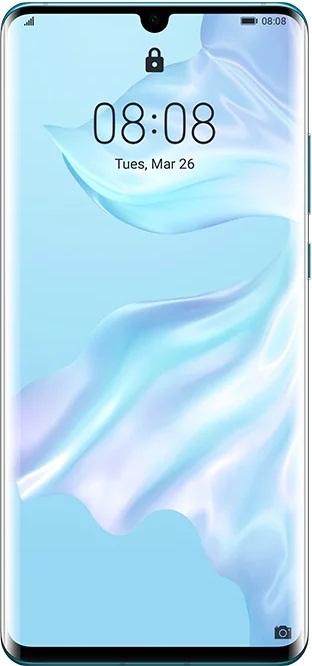
Some people mistakenly confuse it with the Mate 30 Pro, although these are, in fact, different generations of flagships. Despite this, P3 is not outdated. Still showing excellent results (detail, noise reduction) lenses. Separately, it should be noted how the device shoots with a 5x zoom: all details are perfectly reproduced, a small amount of noise, etc.
According to buyers, the P30 does not always render some colors realistically (in particular, the color of the sky). In addition, there are no problems when shooting during the day, which can not be said about low light or night. These problems are not radical, but still unpleasant.
About the camera:
- Rear: 40 MP, 20 MP, 8 MP with F / 1.60, F / 2.20, F / 3.40, respectively;
- Front: 32 MP.
Benefits:
- Good performance when working at night: landscapes, portraits, etc.
- 5x zoom;
- Upgraded bokeh mode;
- Can shoot in 30 or 60 frames;
- Autofocus is excellent;
- Front camera 32 MP.
- Precise white balance.
Disadvantages:
- Deterioration of detail with each zoom in rooms with poor lighting;
- The same problems with the detail of video filming in low light;
- Some colors are unnatural.
Output:
In last year's rankings, the P30 Pro could certainly take first place. But now there are more advanced models that are devoid of those shortcomings that are here. However, the P30 Pro is still one of the best out there.
4th place - OnePlus 7 Pro
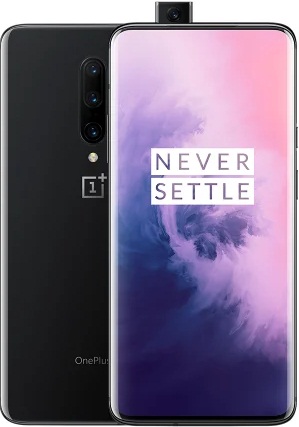
The description of the next model smoothly brings us to the top three. The "flagship killer" is not just a mobile phone with a good camera and battery, but a gadget with advanced hardware, 48 Megapixel lenses. Autofocus module of two systems: laser, phase. Customizable FPS - 30 or 60, of course, in 4K mode. A pop-up selfie camera adds a twist, which, according to the manufacturers, is very durable and won't stop rolling out over time.
PV module data:
- Main: 48 MP (F / 1.60), 8 MP (F / 2.40), 16 MP (F / 2.20);
- Front: 16 MP.
Benefits:
- Interesting retractable front lens;
- 3x zoom;
- Fast and efficient autofocus;
- High-quality detailing;
- Great portrait mode.
Disadvantages:
- On enlarged images, brightness and saturation suffer;
- Noise on moving objects in low light.
Output:
The popularity of the OnePlus line speaks for itself: it is quality, reliability and long battery life (which is important for those who like to take a lot of pictures).
3rd place - iPhone 11 Pro Max
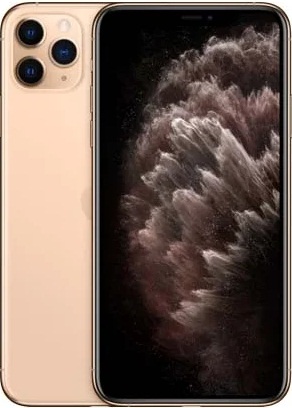
Not everyone is accustomed to seeing the iPhone as a catch-up, and not as a leader. However, in terms of cameras, this is probably just a given of our time. On the one hand, for how much the "apple" flagship costs, I would like to see everything the most advanced in it. Despite this, for example, with respect to night shooting and a wide-angle module, only the 11th version of the mobile could compete with colleagues "in the shop".
But that's the beauty of Apple's manufacturers, if they do something, they do it the best. For example, DXOMARK notes that the 11 Pro's night mode is the best they've tested. The same goes for the ultra wide-angle module.
The main photo module comes with a wide-angle and telephoto lens. Perhaps, there are not so many MPs as on the Chinese ones, but such equipment is not nearly inferior to them. Among the innovations is a front camera with the ability to shoot in 4K with a slow-mo function.
Apple lenses specifications:
- Rear: 12 MP, 12 MP, 12 MP; aperture: F / 2.40, F / 1.80, F / 2, respectively;
- Front: 12 MP.
Benefits:
- Stunning night mode;
- Excellent wide angle;
- 4K on the front;
- Slow-mo selfie;
- Nice portrait mode
- Better color rendering;
- Accurate, fast autofocus;
- Effective video stabilization.
Disadvantages:
- Low light noise;
- Poor detail on a wide-angle camera
- Unstable white balance in video in low light.
Output:
Apple makes great smartphones. 11 Pro is a very clear example of this. There is something to strive for, because the gadgets of the Celestial Empire are not asleep.
2nd place - Samsung Galaxy S10 +
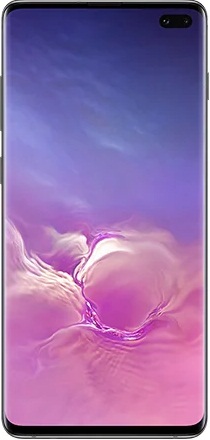
The silver medal in our rating was won by Samsung. She collected the best that was in her line. Triple rear camera (12 + 12 + 16 MP) + dual front camera module are more valuable because of the presence of artificial intelligence, which tells the user when it is better to take a photo, where is it better to point the camera, etc.
I would like to note the quality of video recording, which comes with stereo sound, excellent stabilization, detail. The output is very decent material, even with inept hands. Professionals also appreciate the S10 + for its low noise level in photos and videos.
Multimedia capabilities of cameras:
- Primary: 16 MP, 12 MP, 12 MP with F / 2.20, F / 1.50, F / 2.40;
- Front cameras: 10 MP.
Benefits:
- Precise white balance;
- Excellent detail;
- Good autofocus
- 4K by default;
- Effective stabilization.
Disadvantages:
- Smudging small objects when magnified;
- Loss of quality in low light conditions.
Output:
Samsung got as close as possible to the first place, but not to say that the gap from Apple is somehow cosmic. Here, at the top of the list, everyone is very close to each other.
1st place - Huawei Mate 30 Pro
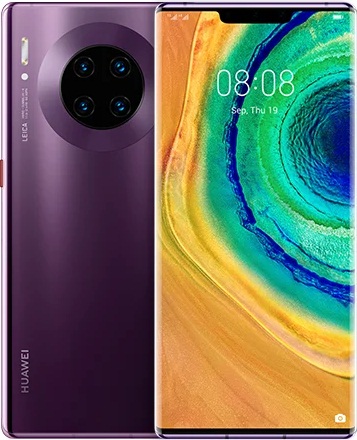
The winner of our rating is the Mate 30 Pro from the now hyper-popular Huawei company. We fully agree with the very authoritative opinion of DXOMARK, which recognized this flagship as the device with the best camera.
The Mate 30 Pro is often compared to the P30 Pro. There is a great temptation to say that the old Huawei is better than the new two. For example, the P30, as mentioned above, has a 5x optical zoom. However, Mait is a more modern model, which means that the reduced zoom (3x instead of 5x) is definitely offset by something else. Namely: there is a completely new wide-angle camera, AI-RAW algorithm - artificial intelligence for shooting, an excellent noise reduction system and much, much more.
Among the shortcomings (although, perhaps, at this level, all the disadvantages are not so strong as to say something bad about the rating participant) is the presence of small noise in the video in poor lighting (at night, for example).
Photo module:
- Rear camera: 40 MP, 40 MP, 8 MP, apertures, respectively: F / 1.80, F / 1.60, F / 2.40;
- Front: 32 MP.
Benefits:
- Recognized as the best by many publications;
- Excellent autofocus
- Color saturation;
- Shooting 4K at 60 frames per second;
- Almost imperceptible noise in the photo, even with insufficient light;
- Smart algorithm;
- High quality zoom;
- Bokeh effect;
- Exceptional detail.
Disadvantages:
- Video noise appears in poor lighting conditions.
Output:
Dual flash, 48 MP, clearly working 3D sensor, all this makes the smartphone the best of its kind at the moment. Yes, there are some questions about the video, but they don't affect leadership that much.
Of course, if you have the skills and knowledge of the subtleties of shooting, you can take stunning shots on almost any modern phone. And then the question of which gadget is better to buy will not be so acute. However, if artificial intelligence is helping to photograph, why not take advantage of it. Do not agree with the rating Welcome to comments, will discuss.












